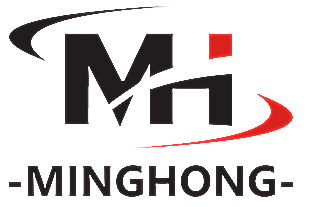1. Introduction
Refractory materials are critical for industries such as steel, cement, non-ferrous metals, and energy. With growing pressure for improved efficiency, environmental compliance, and cost-reduction, refractories are undergoing a technological transformation.
2. Key Technological Trends
- Self-Healing Refractories
New formulations embed microcapsules or nano-coatings that can release healing agents (e.g., binders, sealants) when cracks appear, reducing maintenance and downtime. Thermal cycling and fracture resistance are being improved in pilot studies. Chemical Research Insight+1 - Digitalization & Monitoring
Sensors and IoT systems embedded into refractory linings allow real-time thermal profiling, wear tracking, and predictive maintenance. For example, some plants now employ thermal cameras, embedded sensors, and cloud analytics to forecast lining failures. Chemical Research Insight+1 - Modular & Composite Refractories
Modular panels, composite bricks (e.g., zirconia-carbon composites) and linings that combine light weight with high strength are being adopted. These enable faster installation, easier replacement, and reduced thermal stress. 全球增长洞察
3. Sustainability Trends
- Recycled Materials and Low-Carbon Formulations
Refractories made partially from recycled industrial waste or “spent refractory bricks” are becoming more common. Also, reducing the carbon intensity of raw material production is prioritized. Chemical Research Insight+1 - Energy Efficiency & Emission Controls
Advances in insulation materials, improved brick designs, and thermal barrier coatings are helping lower energy consumption in furnaces and kilns. Less heat loss means lower fuel usage. 全球增长洞察+1
4. Market & Regional Dynamics
- Asia-Pacific and China remain major consumers and producers, with many new steel and cement plants specifying advanced refractories. Chemical Research Insight+1
- Europe is leading in the development of sustainable refractory solutions under stricter regulations on emissions and material waste. Chemical Research Insight+1
- Investment in R&D is rising, especially to enhance service life and lower lifecycle costs.
5. Implications for Users / Specifiers
- When specifying refractories, consider service life under thermal cycling, corrosion resistance, and ease of maintenance.
- Evaluate suppliers’ monitoring and technical support capabilities.
- Seek materials with documented sustainability credentials, recyclability, and compliance with environmental regulations.
6. Conclusion
The refractory materials industry is entering a phase where digitalization, smart material design (like self-healing and modularity), and sustainability are as important as basic thermal and mechanical performance. Companies and specifiers that stay ahead of these trends can reduce operational costs, extend equipment life, and meet increasingly stringent environmental standards.
